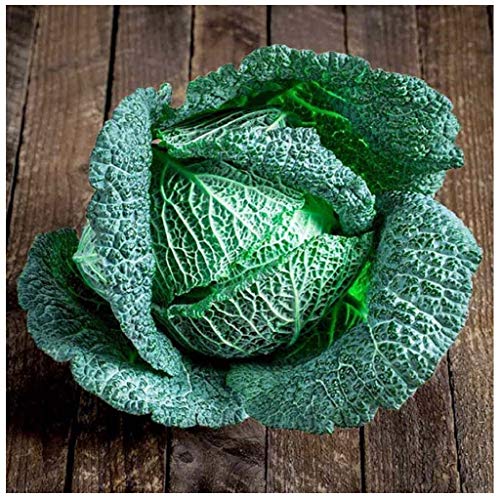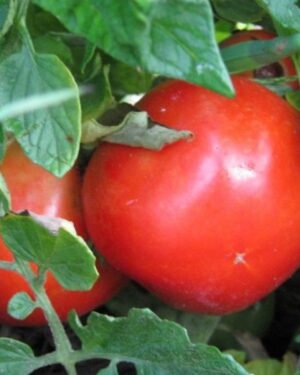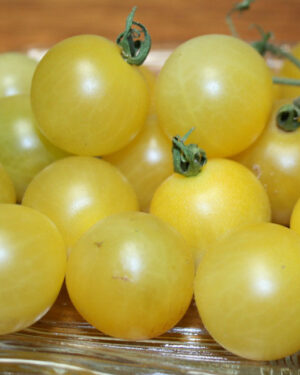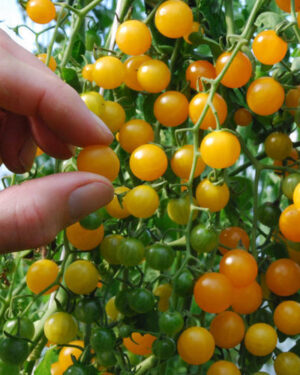Description
Cabbage CORDESA F1 Plant Seeds
Cabbage CORDESA F1 Plant Seeds an excellent hybrid variety of high quality with a remarkable uniformity and reliability in growth. This bright green cabbage hybrid produces medium-size heads with a dense, attractive internal quality. These have a crisp, flavorful taste thanks to their firm and white interior surprising beneath its dark green outer leaves. CORDESA F1 is valued for its all-round climate, field performance and club root resistance to be a perfect choice either in home kitchen garden or commercial cultivation.
Cultivation Advice For Cabbage CORDESA F1 Plant Seeds
- CORDESA F1 seeds Starting: Start indoor 4-6 weeks before the last frost or simply sow directly outside at early spring and late of summer.
- Sow the seeds in sunny locale with good drainage and fertile, slightly alkaline soil (pH 6.0-7.5).
- Planting Tips: Sow seeds 1/4″ deep in trays OR Direct sow into prepared beds when danger of frost has passed; space plants 12-18 inches apart.
- Maintain evenly moist soil, water deeply but infrequently once established.
- Mulch plants to keep moist and stop weeds (with a gap around stems)
- Apply compost or a balanced fertilizer before planting; side-dress with nitrogen fertilizer after transplanting.
- Use netting or row covers to keep pests from getting seedlings; monitor for nutritional deficiencies and disease pests regularly.
- When the heads have formed, they will become firm to harvest; cool humid place like fridge
- Plant with planets, beets of time and dillspace efficiently.
- Frost Protection: Use row covers or cloches; Successive Plantings: yes, for a long harvest season.
- Maintain well-draining, nutrient-rich soil – Test and treat the soil depending on what is required.
- Shade CORDESA F1 cabbage plants during hot spells to avoid stress and bolting
- Thin as needed to keep from crowding, that means planting your seedlings far enough apart so they have growing room.
- Mulch and water in dry weather, but do not overdo it









Reviews
There are no reviews yet.